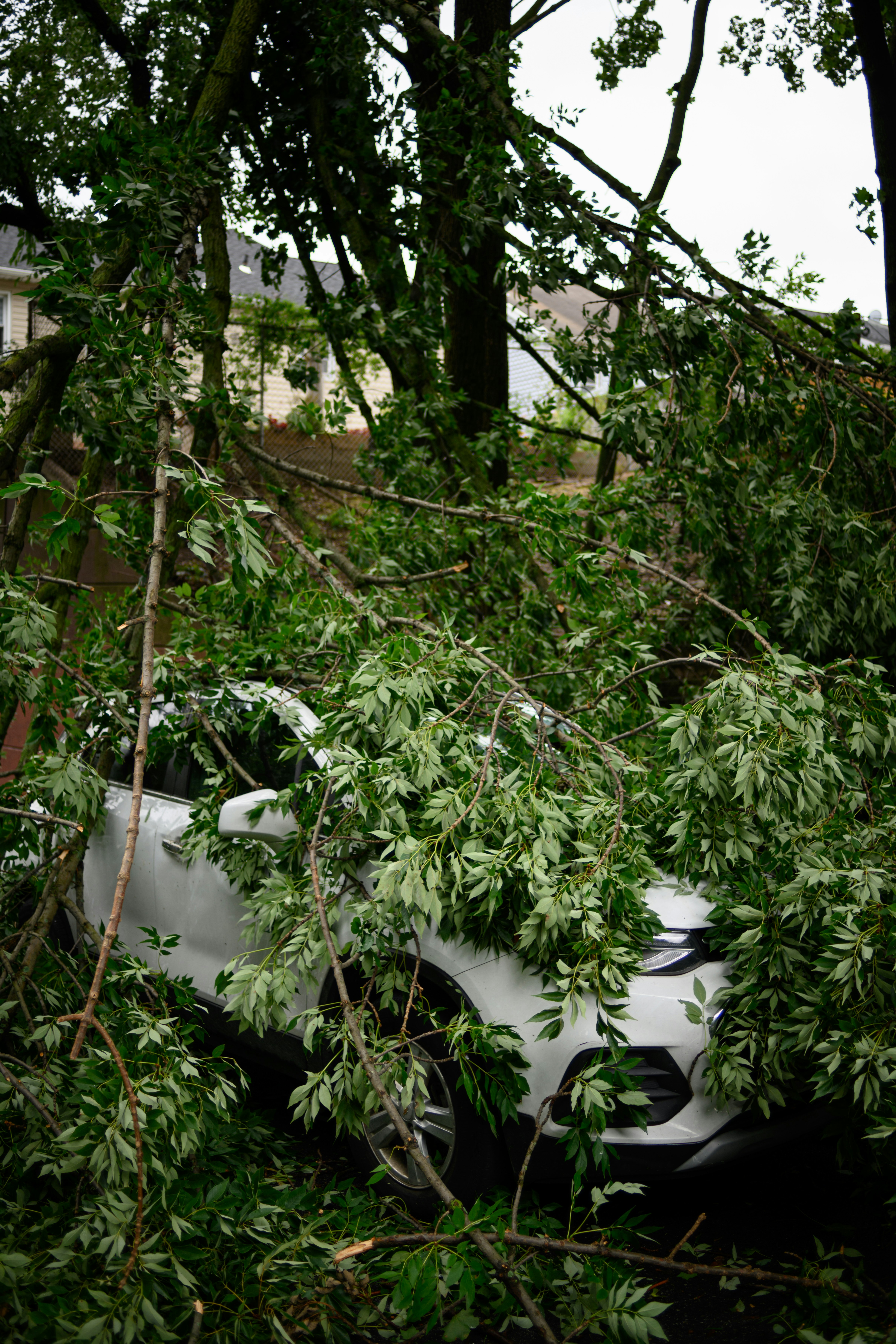Preparing First Responders for Unpredictable Storms
Hurricanes are an unavoidable reality for many coastal communities, bringing with them chaos and potential destruction. In these times of turmoil, first responders stand as a vital lifeline, providing much-needed support and stability. However, the effectiveness of their efforts heavily depends on how prepared and resilient they are in the face of such challenges. This is where resilience training comes into play, equipping them with the skills and mental fortitude necessary to navigate through the turbulence.
Resilience training is designed to strengthen the mental, physical, and emotional capabilities of first responders. It focuses on fostering adaptability and resourcefulness, ensuring they can maintain high performance even in high-pressure scenarios. This training is more than just a set of exercises; it’s about instilling a mindset that prepares them for the unexpected, enabling them to act decisively during crises.
Key Components of Resilience Training
1. Stress Management Techniques
Stress is an inevitable companion during hurricane response efforts. Training programs equip responders with techniques to manage and mitigate stress, promoting mental clarity and reducing burnout.
2. Situational Awareness
Being aware of the environment and potential risks allows first responders to anticipate challenges and react effectively. Situational awareness is a crucial component of resilience training, emphasizing proactive thinking and swift adaptation.
3. Team Collaboration Skills
Effective communication and collaboration within teams are vital during emergency responses. Training programs focus on enhancing these skills, ensuring cohesive team dynamics and efficient task execution.
4. Physical Fitness
Maintaining peak physical condition is critical for first responders, who often face physically demanding tasks. Fitness training ensures they are prepared for the rigors of hurricane response operations.
The Impact of Resilience Training in Hurricane-Prone Areas
Resilience training does more than prepare first responders for individual emergencies; it fosters a culture of preparedness within entire communities. By ensuring that these frontline workers are well-equipped to handle disasters, they, in turn, inspire confidence and readiness in the populations they serve. A well-prepared first responder force can significantly reduce the impact of hurricanes, resulting in quicker recovery times and reduced casualties.
Case Study: Florida’s First Responders
Florida, frequently in the path of devastating hurricanes, serves as a prime example of the importance of resilience training. In recent years, state and local agencies have invested heavily in these programs, yielding impressive results. During recent hurricanes, the effectiveness and efficiency of Florida’s first responders were evident, demonstrating the value of such training initiatives.
Learn more about disaster preparedness and how you can contribute to building more resilient communities.
Community Involvement and Support
Resilience training isn’t limited to first responders; it’s a community-wide initiative. Local governments and nonprofits play a crucial role in promoting these training programs, ensuring widespread participation and support. Nonprofits, such as HelpNow, have been instrumental in organizing workshops and courses that educate and empower residents and first responders alike.
Discover how nonprofits contribute to hurricane resilience and the various ways you can get involved.
The Future of Resilience Training
As climate change continues to influence hurricane patterns, resilience training will become even more critical. Ongoing research and technological advancements will enhance training programs, providing first responders with cutting-edge tools and methods to stay ahead of the curve.
Embracing Technology
Innovations in technology, such as virtual reality simulations and AI-driven predictive models, are being integrated into training programs. These technologies offer immersive and realistic training experiences, allowing first responders to practice scenarios in a controlled environment, enhancing their readiness and confidence.
For those interested in exploring the advancements in hurricane response strategies, check out the latest studies from the National Oceanic and Atmospheric Administration.
Continued Investment in Human Capital
Investing in resilience training is an investment in human capital, ensuring that those on the front lines are equipped to protect and serve. As communities continue to recognize the importance of preparedness, support for these initiatives will grow, paving the way for safer and more resilient hurricane-prone areas.
By prioritizing resilience training, we not only protect our communities but also honor the dedication and sacrifices of our first responders. As they stand ready to face nature’s most formidable challenges, we must ensure they have the tools and support they need to succeed.

